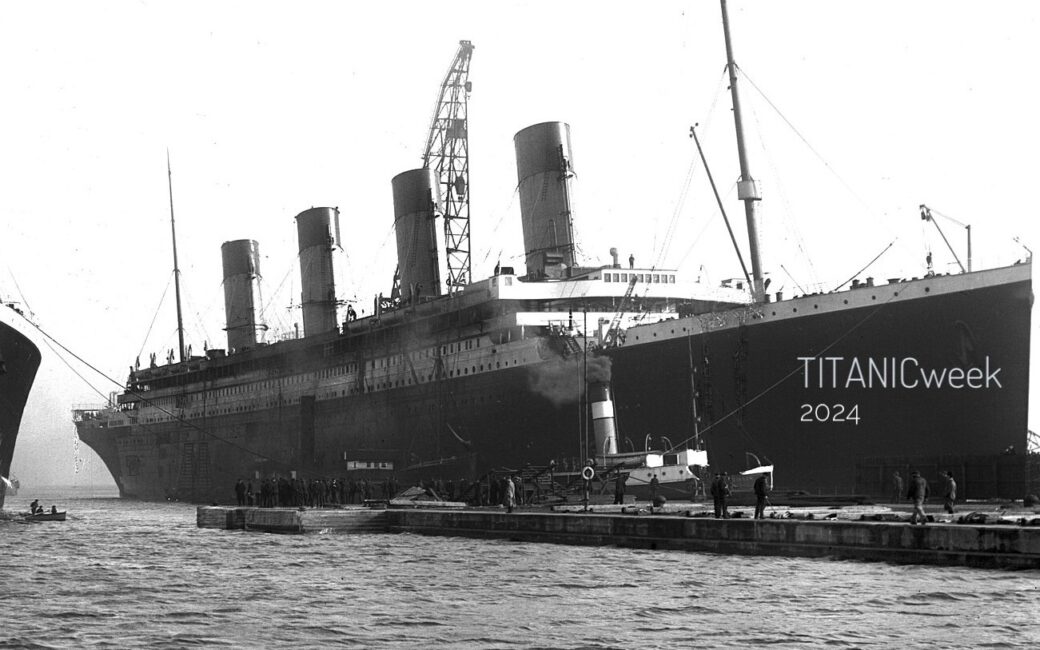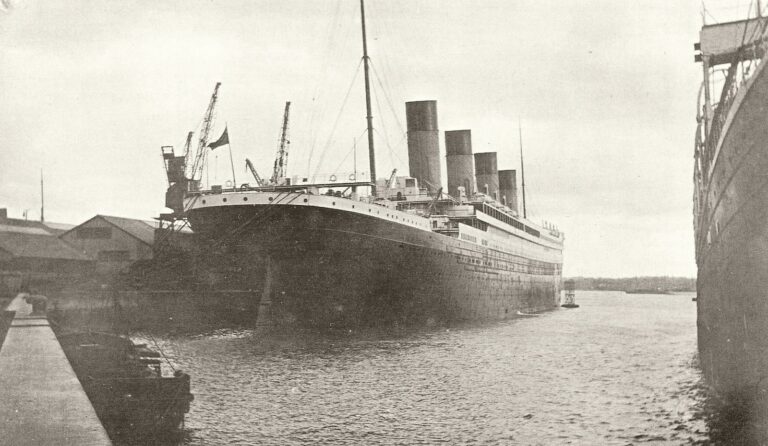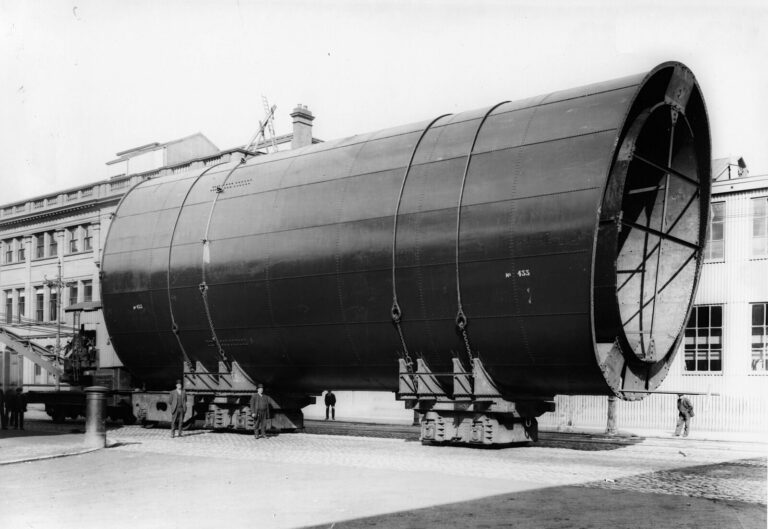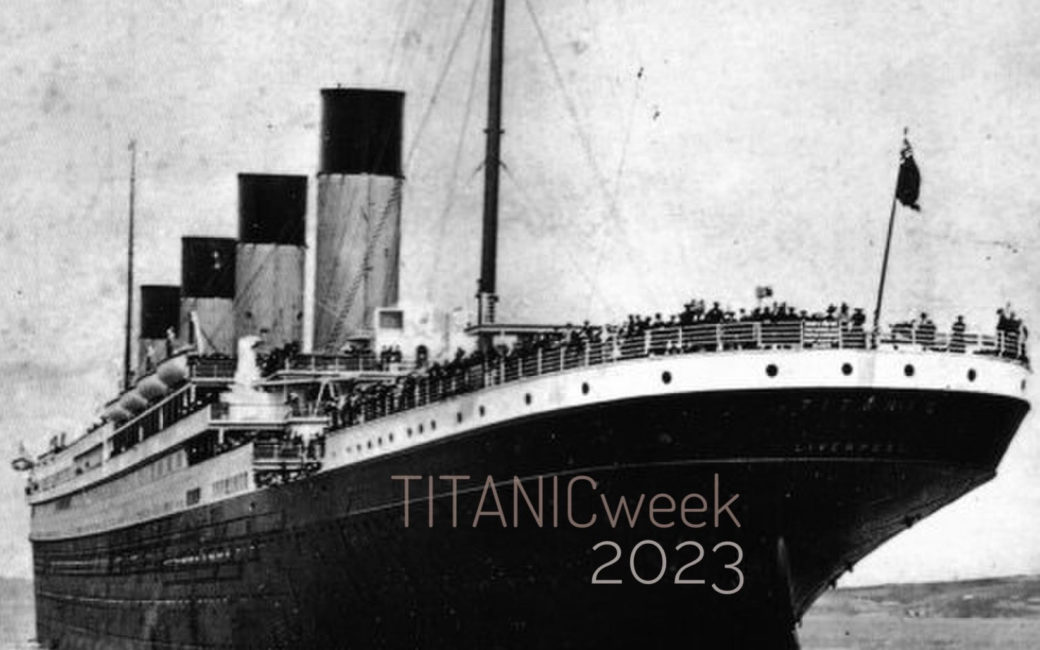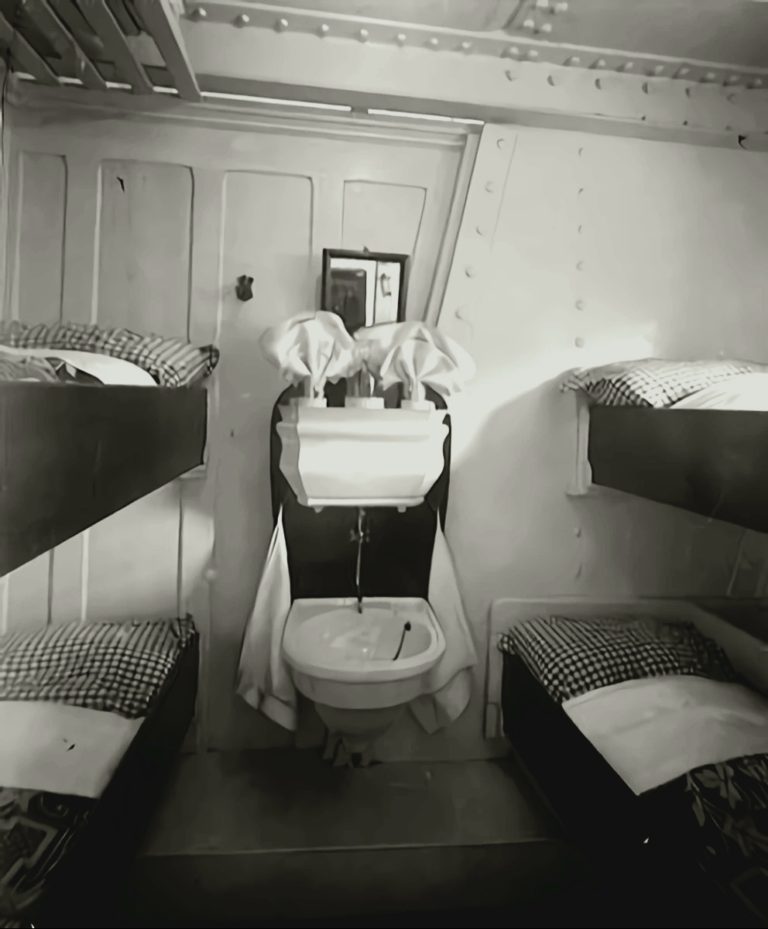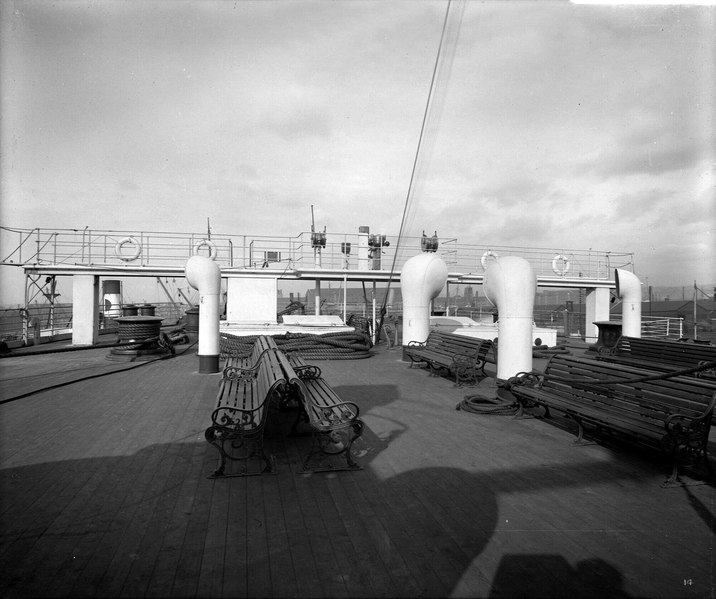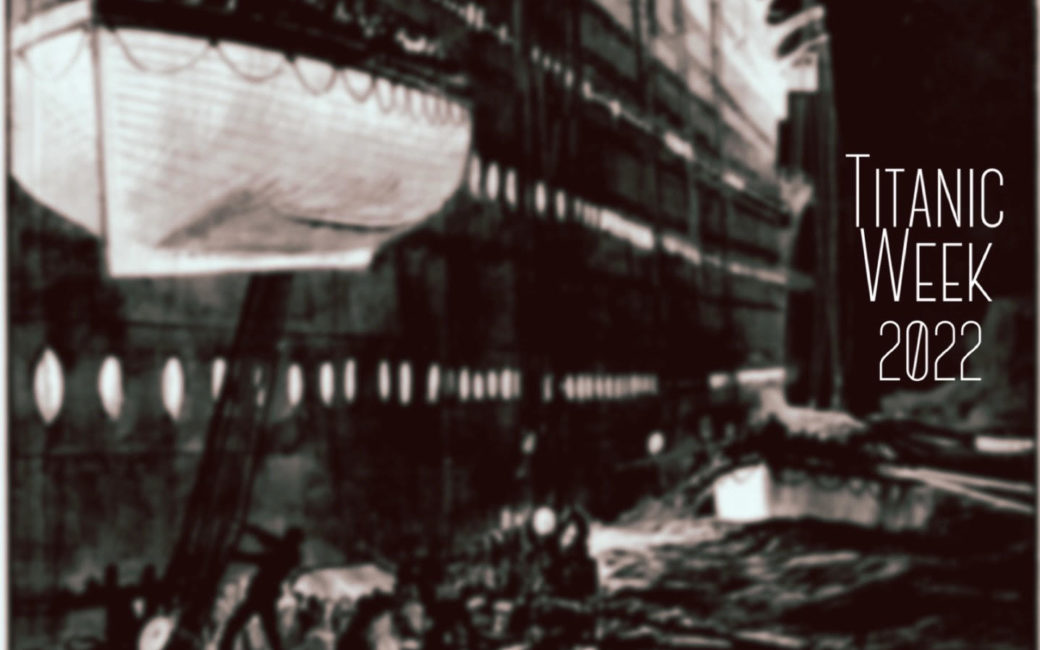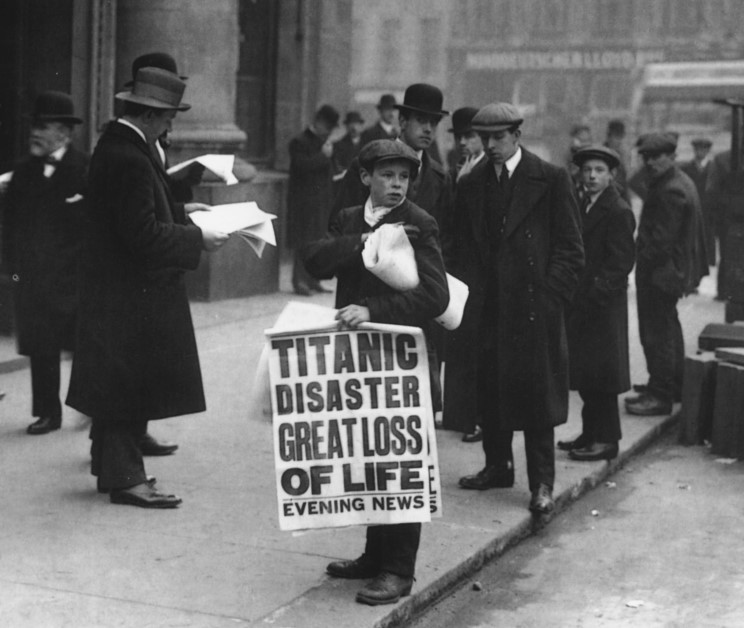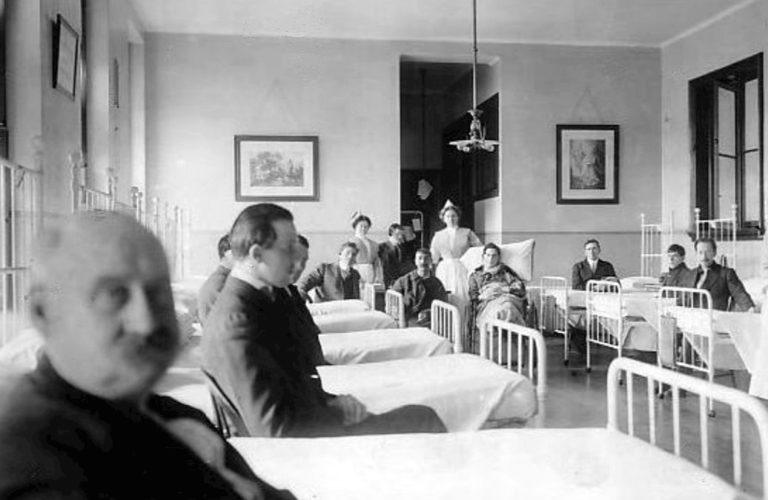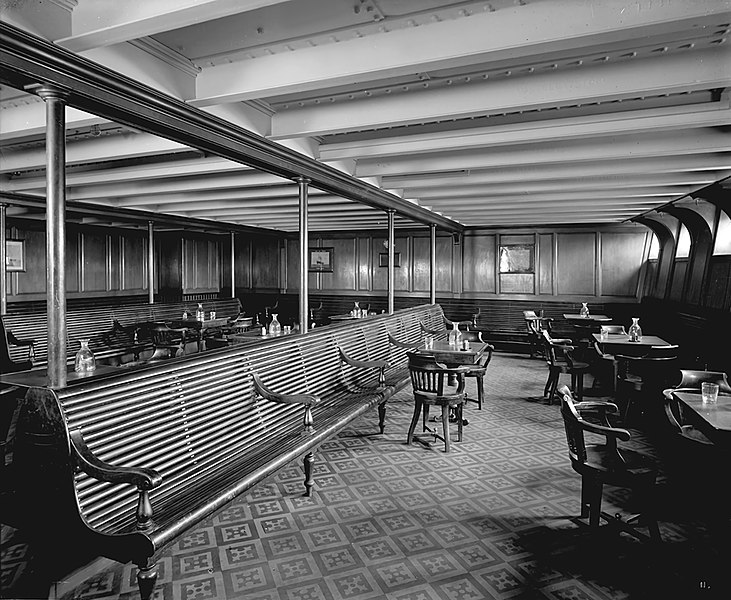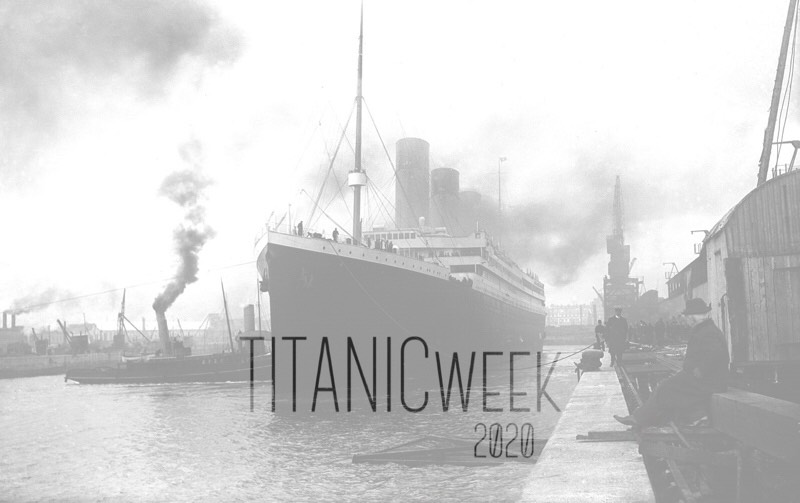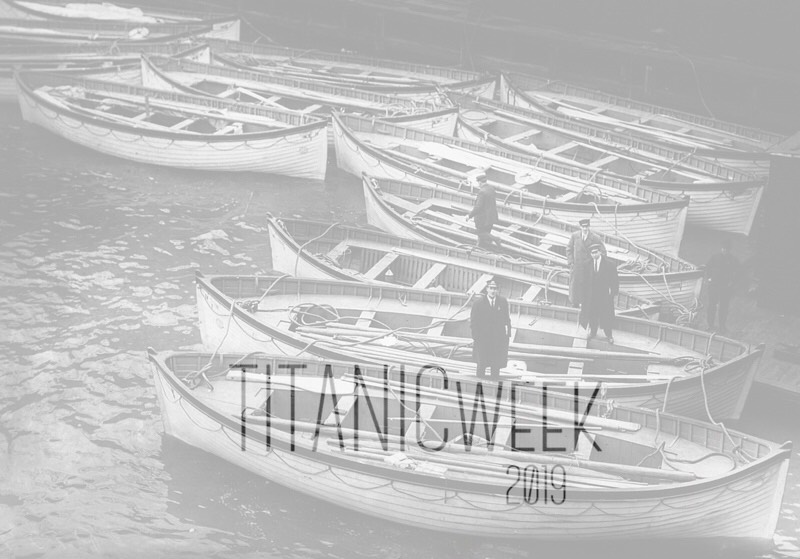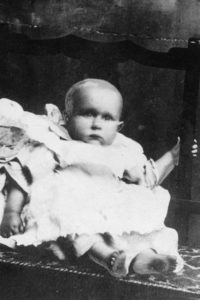"I Think It Is True That They Can Smell Danger": Titanic's Rats
When Thomas Ranger, a fireman on Titanic, arrived in Washington DC for the American Senate Inquiry, he had experienced the luxury of hotel lodgings in Washington, D.C.
When Thomas arrived back home in Britain, however, and was asked to testify before the British Board of Trade, he slept multiple nights outside on the bank of the Thames.
Another bedless man amidst “benches and tramps," Thomas Ranger stated he “prefered to walk than sleep” at the Sailors' Home.
All because of vermin.
Ranger and other surviving crew, on standby to be called before the Board, had been advised to stay at the Sailors’ Home in London, which had offered wayward seafarers interim accommodations between voyages since the 1800s.
In May of 1912, however, the rooms in the Sailors’ Home were overly full—to the point that makeshift quarters were put out in the yard.
Meanwhile, construction to the building was ongoing, with bricklayers. The Titanic survivors were assigned to the vicinity of the remodeling efforts.
And Thomas Ranger could not bear to sleep there because the construction had disturbed and displaced an unspecified quantity of rats.
It’s no revelation that rats are—and have been—everywhere.
Even on a grand, new liner’s maiden voyage.
Yes, Titanic indeed had a rat population.
Rats have congregated on ships for so long and with such regularity that they are believed to have spread worldwide alongside human, thanks to our human Age of Conquest when ships dominated the open seas.
It’s reasonable to hypothesize that rats would have boarded the Titanic much like they have any other vessel in history: by running up unguarded mooring lines, as stowaways within waiting cargo, and even by taking up residence within the walls during construction in the shipyard.
Interestingly, around the time of the British Inquiry into the Titanic disaster, a law had recently been enacted that mandated the use of rat-guards on mooring lines, upon penalty of a five-pound fine.
But rats are cleverer than that.
Oftentimes, rats were so plentiful aboard that firemen working the boilers had a particular method of killing shipboard rats on-sight: by scooping the offending rats up with their shovels and flinging them into the fiery maw of the furnace.
For this reason, many ships had at least one cat on board.
In the case of Titanic, this rumored mouser was named Jenny: a newly adopted stray about to birth a litter.
According to Violet Jessop, Jenny the Ship's Cat was tended to primarily by a scullion named Joseph 'Big Joe' Mulholland.
The Sunday Independent reported on Joe's own account on the anniversary of the sinking, in 1962.
"There was something about that ship I did not like and I was glad to lift my old bag and bid goodbye...
Big Joe is still fond of cats and perhaps he has a reason. He recalls that on his way down to the Titanic before she set sail from Belfast with bands playing and crowds cheering, he took pity on a stray cat which was about to have kittens. He brought the cat aboard and put her in a wooden box down in the stokehold.
At Southampton, when he was ruminating whether to take on the job of store-keeper on the trip or sign off, another seaman called him over and said: 'Look Big Joe. There's your cat taking its kittens down the gang-plank.'
Joe said, 'that settled it. I went and got my bag and that's the last I saw of the Titanic.'"
Citation from "The Irish Aboard Titanic" by Senan Molony, 2000.
As the paper reported: "When his cat walked off, so did Joe."
And so Titanic's left on her maiden voyage mouser-less.
There is no official record of how many rats were on Titanic.
But eyewitness accounts attest to at least a half-dozen.
Fireman Jack Podesta gave an interview to the periodical ‘Southern Evening Echo’ in 1968, in which he reported having seen rats behaving oddly down in the boiler rooms on Saturday April 13th—the day before the iceberg strike.
"On this very morning, my chum and I had just gone across firing our boilers and we were standing against a watertight door—just talking—when all of a sudden, on looking through the forward end on [Titanic’s] starboard side, we saw about six or maybe seven rats running toward us. They passed by our feet; in fact, we both kicked out at them and they ran after somewhere.
They must have come from the bow end, about where the crash came later. We did not take much notice at the time because we see rats on most ships, but I think it is true that they can smell danger."
But it wasn’t just crew that sighted rats on board.
There are fleeting mentions that children in third-class chased the occasional rat.
And third-class passenger Kathy Gilnagh also told Titanic historian Walter Lord that on the night of April 14th, she had seen a rat.
Shortly before collision, there was a large party in the common area of steerage.
And Kathy Gilnagh told Walter Lord that, at some point during the frivolity, a rat scurried across the room--presumably dashing across the makeshift dance floor. According to Kathy, the girls shrieked and may have even cried, but a few boys gave chase.
Kathy did not elaborate about whether those boys managed to catch that particular rat.
But the party reportedly continued on.
Even during the collision with the iceberg.
SOURCE MATERIAL
Molony, Senan. "The Irish Aboard Titanic." Wolfhound Press, 2000.
Lord, Walter. "A Night to Remember."
http://www.paullee.com/titanic/Podesta.php
https://www.encyclopedia-titanica.org/titanic-survivor-sleeping-rough.html
